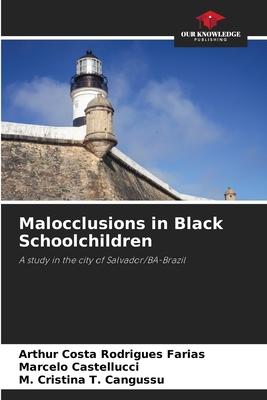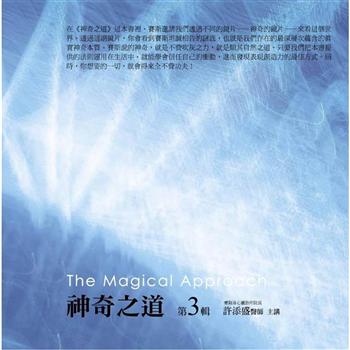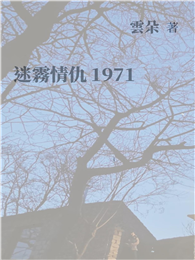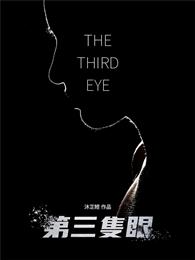The aim of this study was to compare the need for orthodontic treatment, as well as the distribution, prevalence and severity of malocclusions, between black individuals and other ethnic groups, in a representative sample of schoolchildren in the city of Salvador/BA-Brazil, as well as to determine whether malocclusions were affected by socio-demographic conditions such as age and gender, using the Dental Aesthetics Index according to World Health Organization criteria. A total of 2085 schoolchildren aged between 12 and 15 years took part in the study, drawn in a multi-stage random sample. Each participant was given a form recording demographic characteristics. The results showed that most of the individuals observed in this study had little or no need for orthodontic treatment. Some had severe malocclusion, resulting in an essential need for orthodontic treatment. For most of the conditions assessed, there was no statistically significant difference between the ethnic groups, with the exception of crowding and anterior open bite, which were more prevalent among blacks.
| FindBook |
|
有 1 項符合
costa rodrigues farias的圖書 |
 |
$ 3245 | Malocclusions in Black Schoolchildren
作者:Costa Rodrigues Farias 出版社:Our Knowledge Publishing 出版日期:2024-04-30 語言:英文 規格:平裝 / 56頁 / 22.86 x 15.24 x 0.33 cm / 普通級/ 初版  看圖書介紹 看圖書介紹
|
|
|
圖書介紹 - 資料來源:博客來 評分:
圖書名稱:Malocclusions in Black Schoolchildren
|











